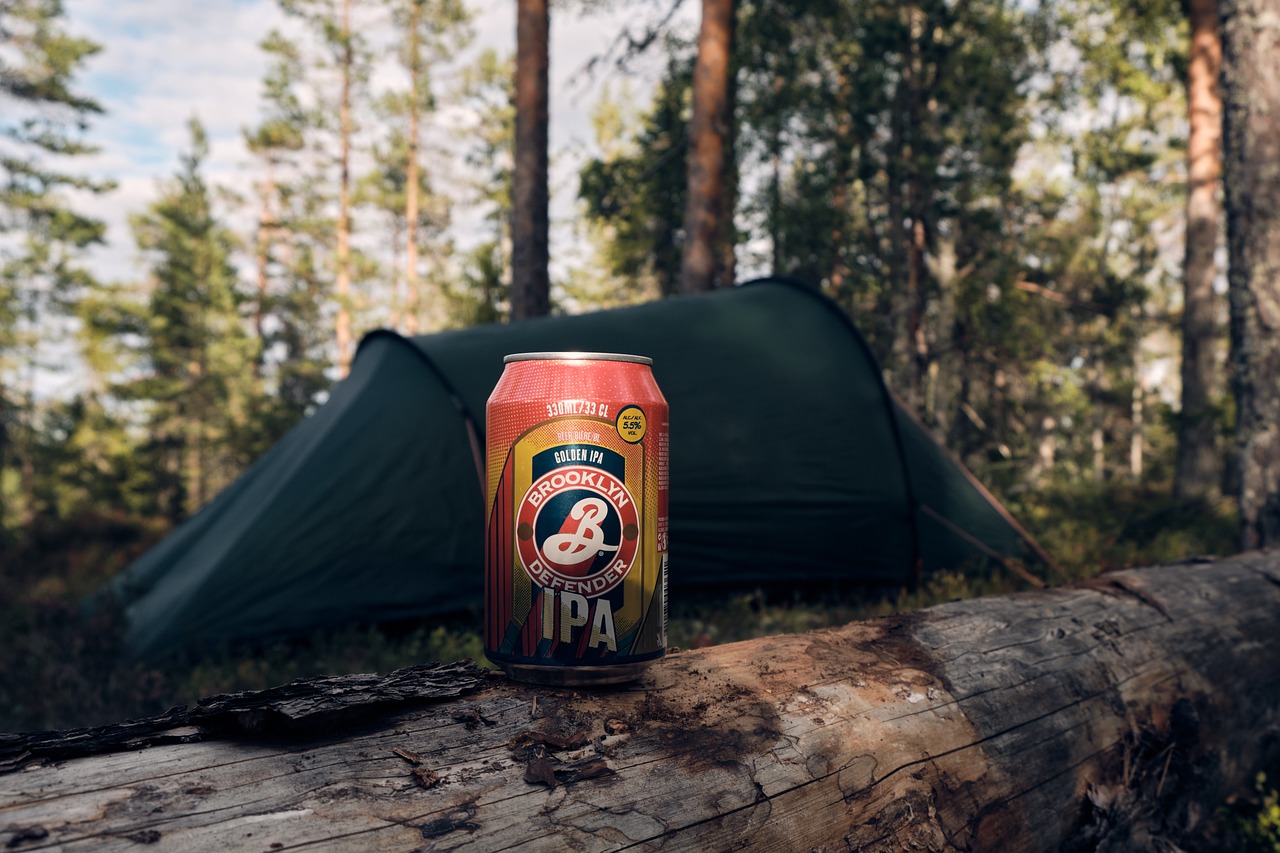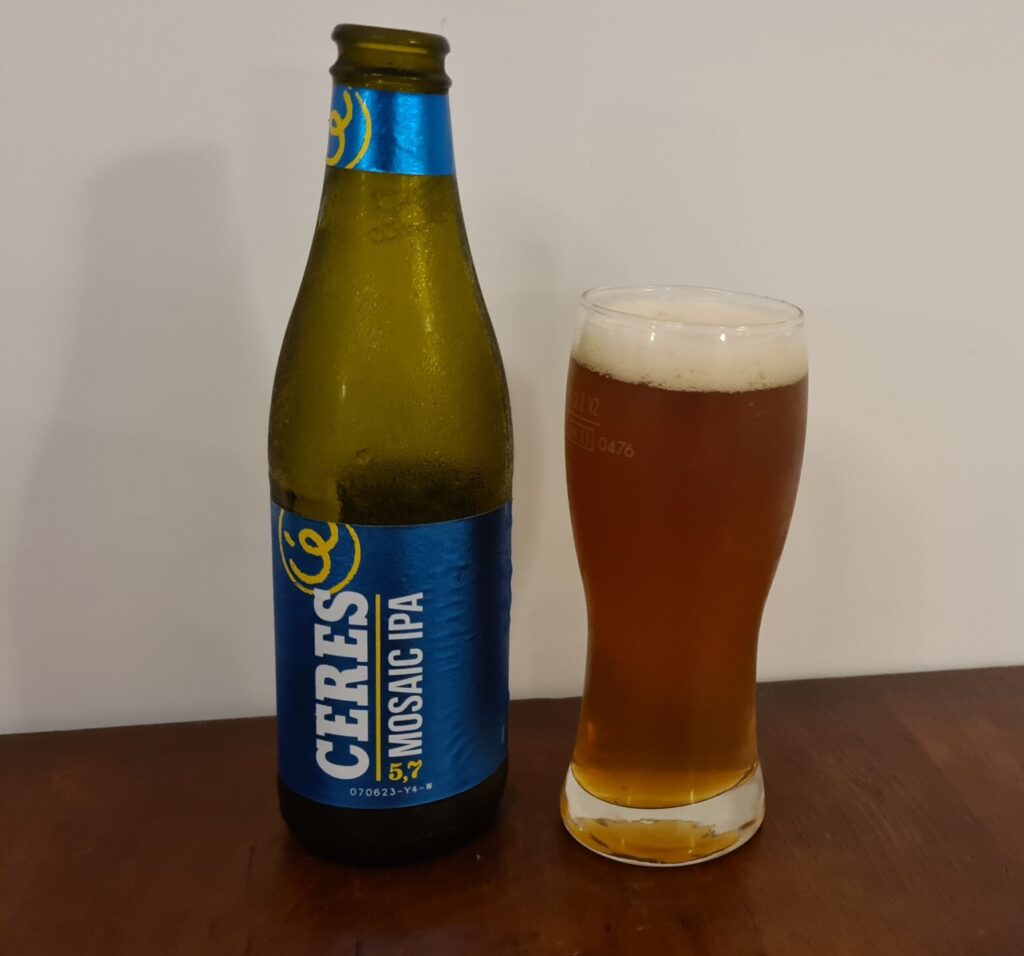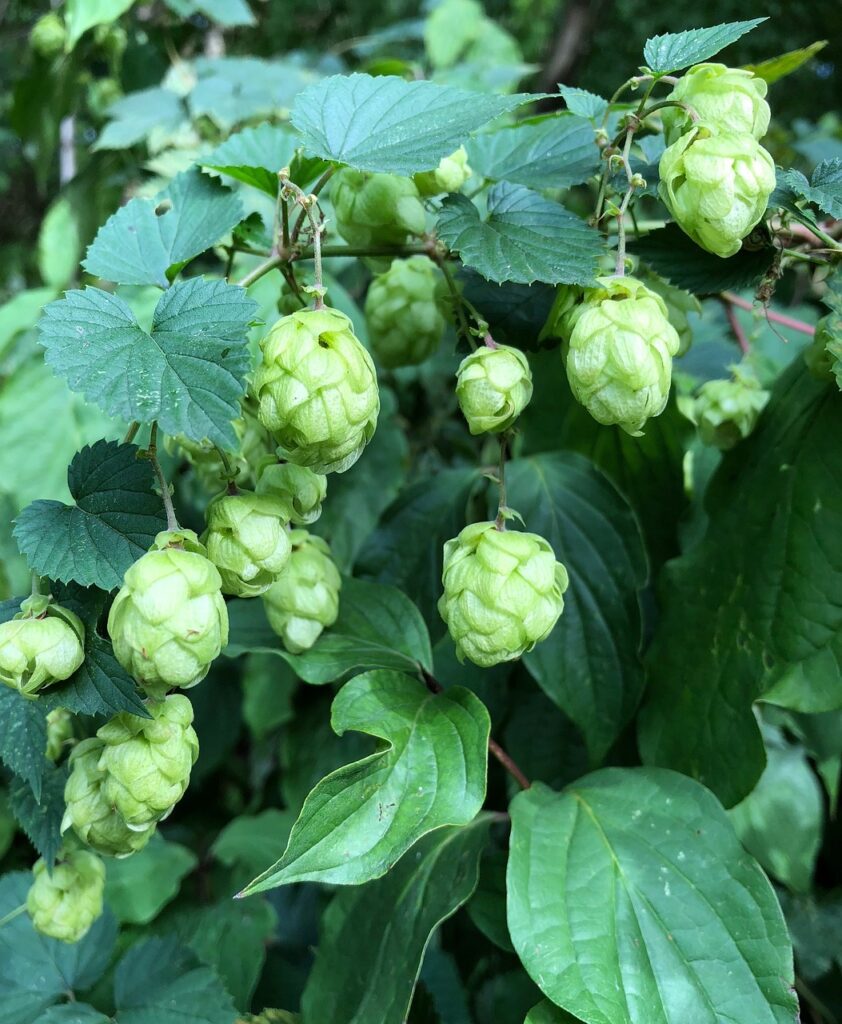The Indian Pale Ale or IPA has enjoyed a massive resurgence in popularity over the past decade or so. Beer drinkers love the style for its robust flavour, fragrant hops and bitterness. According to the Brewers Association, IPA is the most popular craft beer sold in retailers across America.
In this article, we’ll have a closer look at the style including characteristics, history, and the almost endless varieties available to the discerning beer fan. So whether you’re a fan of the strong New England IPA or sweeter Cornish IPA, pour a glass and read on!
What is an IPA?
So what exactly is an India Pale Ale? An IPA is a style of beer that is characterised by a hop forward flavour profile – if it ain’t hoppy, it ain’t IPA. Depending on the specific style of IPA, hops (Humulus lupulus) will be added at just about every stage of the brew: at the start of the boil, throughout the boil, at flameout and in the fermenter itself. Some brewers will even add hops in the mash or keg. The result (unsurprisingly) is a very hoppy, bitter beer. A good IPA will strike a balance between the maltiness of the brew and the bitterness and aroma of the hops.
As part of the pale ale family, an IPA will typically be light in colour. Depending on the brand and sub-style, colour will generally range from a light straw colour through to a light caramel colour. Of course, there are exceptions to the rule like the black IPA which is…you guessed it…black.
IPA will generally have a pretty high amount of alcohol by volume. Most will fall in the range of 5 – 7% and the aroma and bitterness of the hops is very effective at masking the higher alcohol content. In the last few years, session IPAs have become popular. These are characterised by a lower alcohol content (typically 3 – 5%).
RELATED: Different Types of Beer
History of IPA
The IPA was conceived in 18th Century England, probably by George Hodgson of the Bow Brewery in East London. At the time, Britain ruled the waves and had colonial interests around the globe from Canada to Australia. Then, as today, the Brits loved a pint of beer. Unfortunately there was a problem: the kegs of beer would be spoiled by the time they made their way from the docks of London to far flung outposts like India.
The solution was simple: brew a pale ale and dump a bunch of hops in there. Although the science wasn’t understood at the time, hops are proven to fight off the infections that will turn beer rank if it’s sitting around for extended periods. The alcohol level was also bumped up for the same reason. In fact, the ABV was so high in some of these early IPAs that the quartermaster at the final destination would have to water the beer down.
If you’ve been brewing or drinking beer for a while you’ve probably heard this tale a thousand times. It’s a fun origin story and like any good story, it’s probably part fact, part fiction.
Varieties of IPA
With the huge popularity of IPAs, it is perhaps unsurprising that there are a long list of sub-varieties of this brew. The following list looks at a few of the more popular types of India Pale Ale in roughly alphabetical order. The list is not exhaustive and there will probably be 20 new types of IPA by the time you’re reading this.
The Black IPA can be identified by its darker colour. It looks more stout than IPA however when you sip it, it has the unmistakable hoppiness that you expect.
Using funky strains of Belgian yeast makes the Belgian IPA more fruity and spicy. This beer will be as hoppy as any other IPA and will clock in with a higher ABV than your typical India Pale Ale. Some people have described it as a hoppier Tripel.
Next is the Cornish IPA – my absolute favourite IPA and one of my favourite beers in general. This beer will be light in colour, smooth to drink and have very subtle sweetness. It is lower in carbonation and best served off the hand pump at cellar temp.
The Double IPA (also known as IIPA or Imperial IPA) is a brew with a very strong flavour profile. For this beer everything is exaggerated: more hops, higher alcohol and more pronounced maltiness. If you’re going to drink these, it’s probably not the best idea to start with the full pint – they can be quite a challenge to get through!
The English IPA is more balanced than American IPAa and tends to be a little more subtle in its flavours and alcohol content. For me, this is very similar to a Cornish IPA although I’m sure the good people of Cornwall would educate me on the finer points of difference.
Next is the East Coast IPA or New England IPA (NEIPA). This American style is more bitter than a British IPA but less bitter than the West Coast IPA. It will typically have stone fruit flavours from the hops and may even be a little sweet.
A Hazy IPA is a loose term that refers to any IPA that is murky rather than clear. This haziness is achieved through the dry hopping process, using specific yeast and hop combinations and by forgoing usual commercial beer filtering processes.
As mentioned briefly above, a Session IPA refers to any IPA with a lower alcohol content (usually from 3% – 5%). Quite often the hops are dialled back a bit as well. The result is an easy drinking beer that you can have a few of in a “session”. A full American IPA can be a little too intense for me, so I often opt for the session IPA if it’s available.
A Sour IPA is the unholy union of a traditionally soured beer with a bunch of hops. I must admit I’ve never tried one but am on the lookout!
The West Coast IPA really hits you in the face with hops – for taste, bitterness and aroma. The aromatic “new world” hops provide a fruity, piney, citrusy taste and smell to the beer. The West Coast IPA is dry, crisp and refreshing when served cold.
The India Pale Ale is a classic beer style which has enjoyed a massive resurgence in popularity in the past few years. If you’re a fan of the smooth bitterness of the IPA there’s almost countless varieties to choose from. So next time you’re at the bar, why not try one of the lesser known IPA styles like the Sour or Black? Or better yet, try brewing your own!
Cheers!






